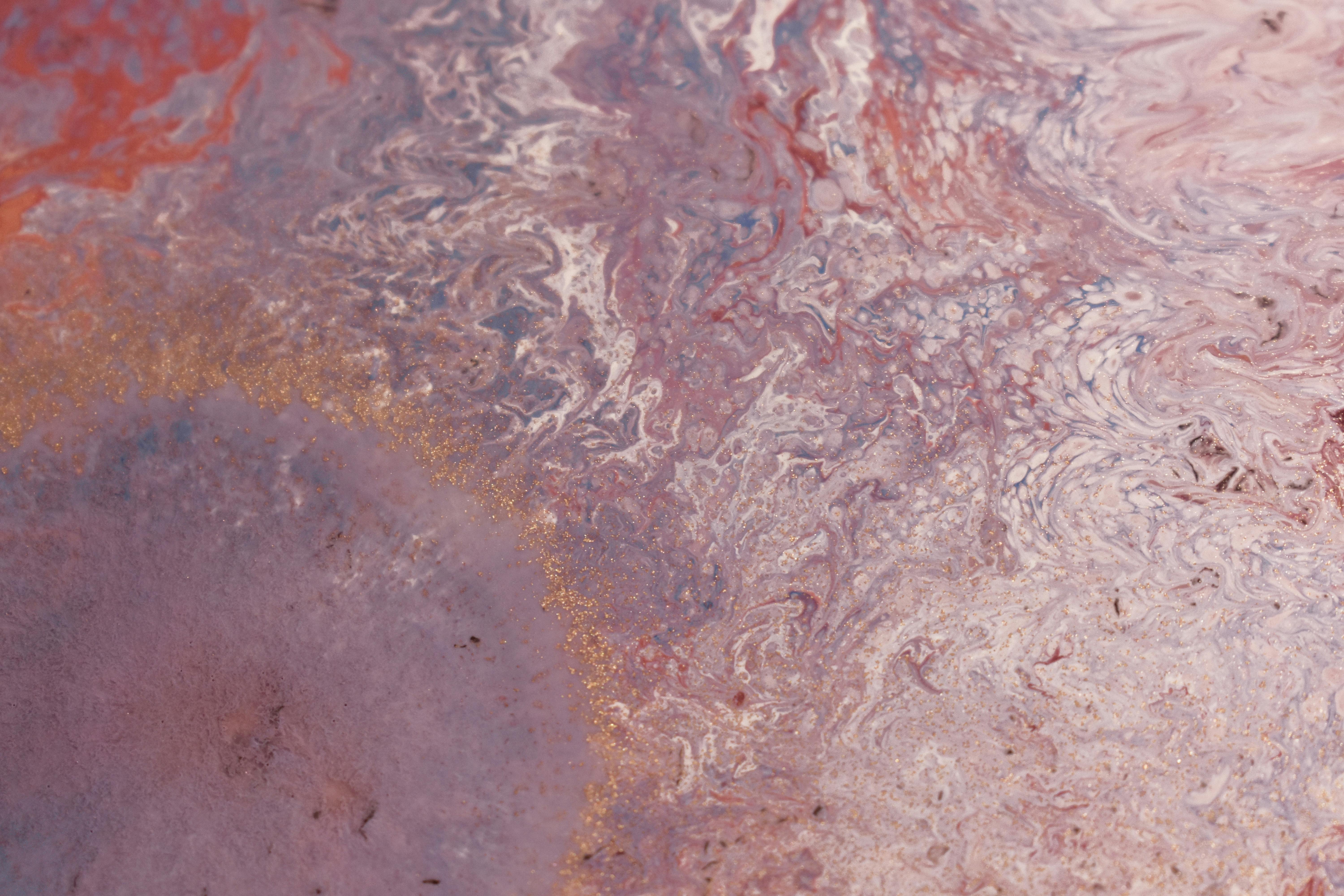Ever wonder how the 3D movie craze started? Well, put on your plastic-rimmed anaglyph 3D glasses and come for a walk down Memory Lane.
First, a bit of science: 3D anaglyph images are created using two layers of color that shift slightly when placed on top of each other. Typically the main subject of the image is centered, while the foreground and background are offset from each other to create what is called a “stereoscopic 3D” image. The visual cortex in your brain brings the two images together when you look at them through a special viewfinder that holds two lenses with different colored filters, usually red and blue.
British film pioneer William Friese-Greene is credited with ushering in the era of stereoscopic motion pictures in the late 1980s. Friese-Greene patented a 3-D motion process in which two films were screened one at a time. side by side on a screen. The movie viewer looked at a stereoscope that stitched the two images together (do you remember seeing stereoscopes in old movies?). However, because this process was so mechanically cumbersome (think trying to sync two different movies on one screen), it was never commercially viable for use in a theater.
The first round of commercial 3D movies, that is, movies shown to a paying audience, occurred when “The Power of Love” debuted at the Ambassador Hotel Theater in Los Angeles on September 27, 1922. This was also the first Documented public use of red-green anaglyph glasses to view the film. Unfortunately, the film was not chosen for a general release and has now been lost.
December 1922 was a great time for 3D movie inventors. William Van Doren Kelley, who created the Prizma color system, came up with a 3D camera system of his own design and began filming and showing a series of films that he called “Plasticon. The first of them was titled” Movies of the Future. shown at the New Rivoli Theater in York City. At the same time, Laurens Hammond, who invented the electronic Hammond Organ, and his partner William F. Cassidy introduced their Teleview 3D system. Teleview uses the oldest form of film projection called “alternate frame sequencing. “This process alternated the frames from right to left in rapid succession, which the audience viewed through synchronized viewers attached to their seats.
While there were several attempts to create anaglyph 3D movies over the next 30 years, most notably Edwin H. Land’s introduction of the Polaroid film, the format’s heyday occurred between 1952 and 1955. It was then that filmmakers tried to make movies. “bigger and better than ever” by extensively experimenting with anaglyph 3D processes. This period is often referred to as the “golden age of 3D”.
The first full-color stereoscopic feature, “Bwana Devil,” was released in 1952. Produced, written, and directed by Arch Oboler, “Bwana Devil” was a dual-strip project with Polaroid filters. The now iconic of moviegoers watching a 3D movie in paper-rimmed anaglyph glasses has come to represent both this era and 1950s American culture.
In April 1953, two groundbreaking 3D movies were released: Columbia Pictures’ “Man in the Dark” and Warner Bros. “House of Wax.” This last film became famous for two reasons: the first use of stereophonic sound and the appearance of its star, Vincent Price, who became a typecast both as the protagonist of a horror film and “King of 3D”. The grave actor’s other 3D films include “The Mad Magician,” “Dangerous Mission” and “Son of Sinbad.” These temptations help drive moviegoers away from their new televisions and back into theaters.
Walt Disney Studios, which would later become famous for the 3D movies shown in its “Imagination” exhibit at the EPCOT Center in Florida, entered the 3D fray with the 1953 release of a movie called “Melody.” Disney introduced 3D to its Disneyland theme park in 1957 with a short called “3D Jamboree.” The late Michael Jackson starred in Disney’s original 3D film for EPCOT, “Captain EO,” for which viewers were given anaglyph 3D glasses with a plastic frame that they placed in containers on their way out.
